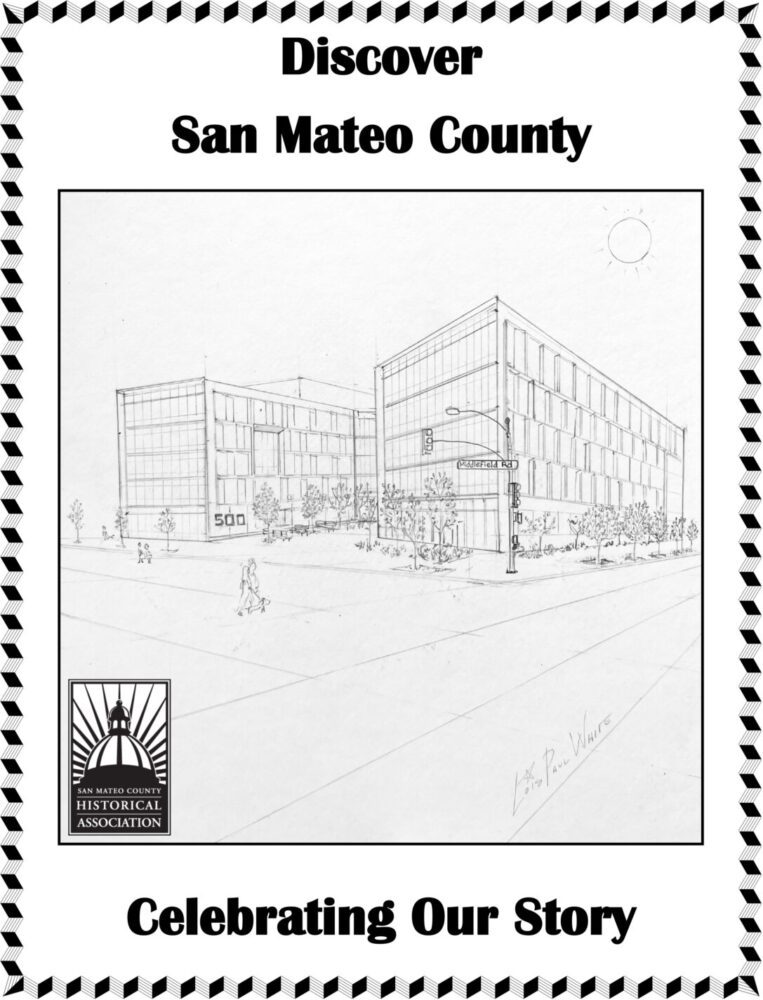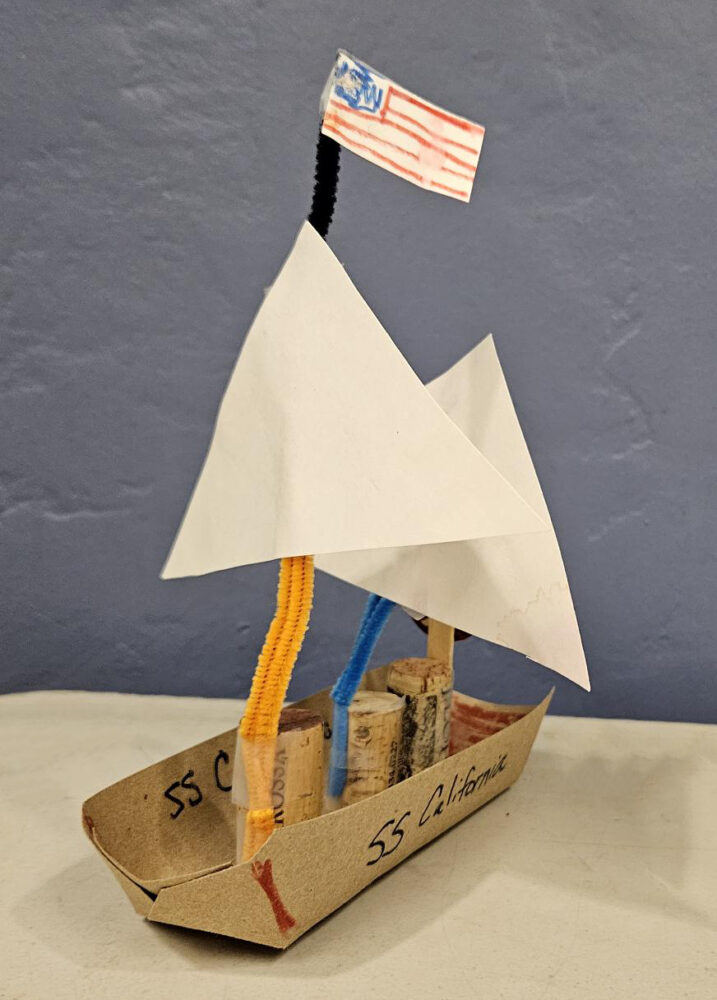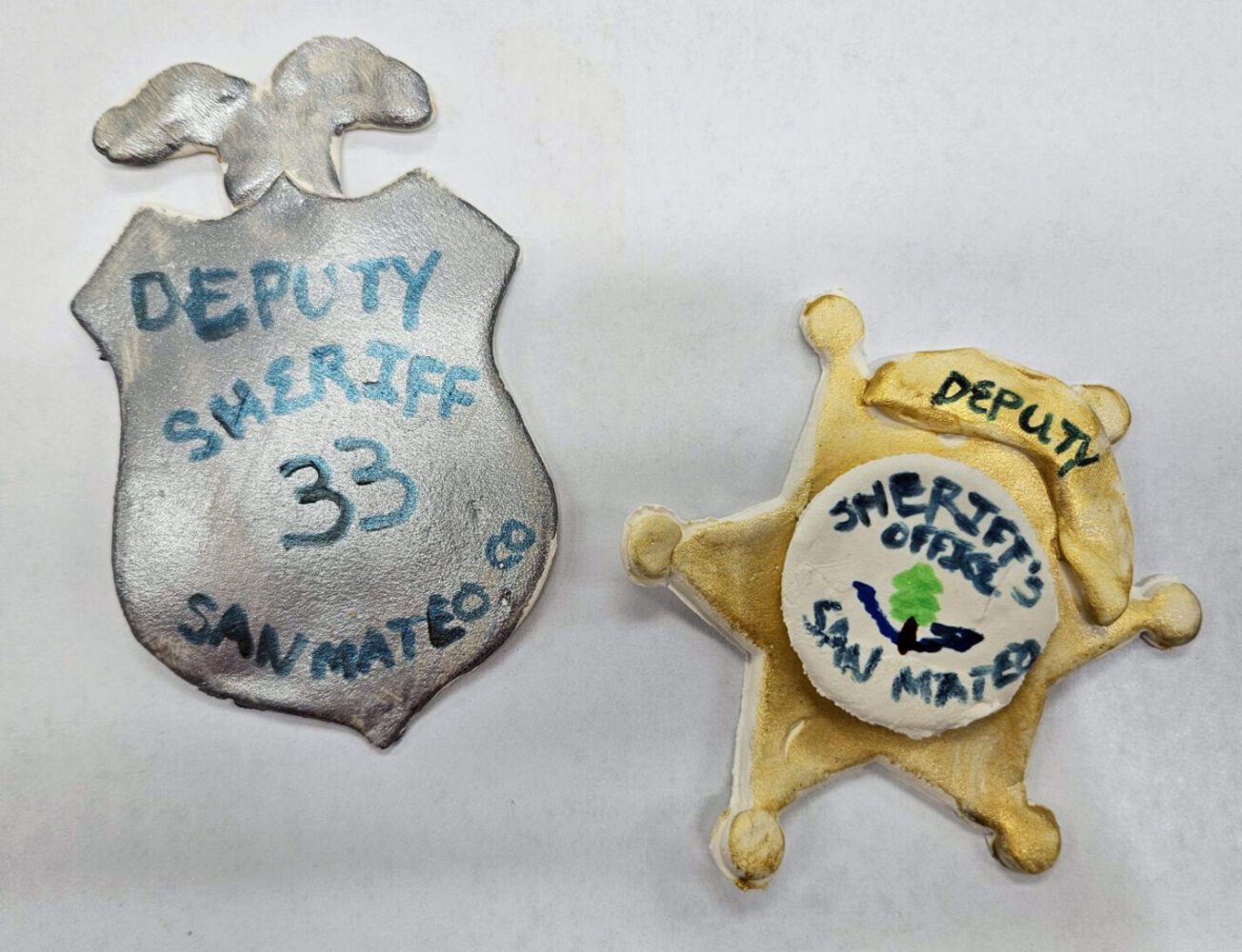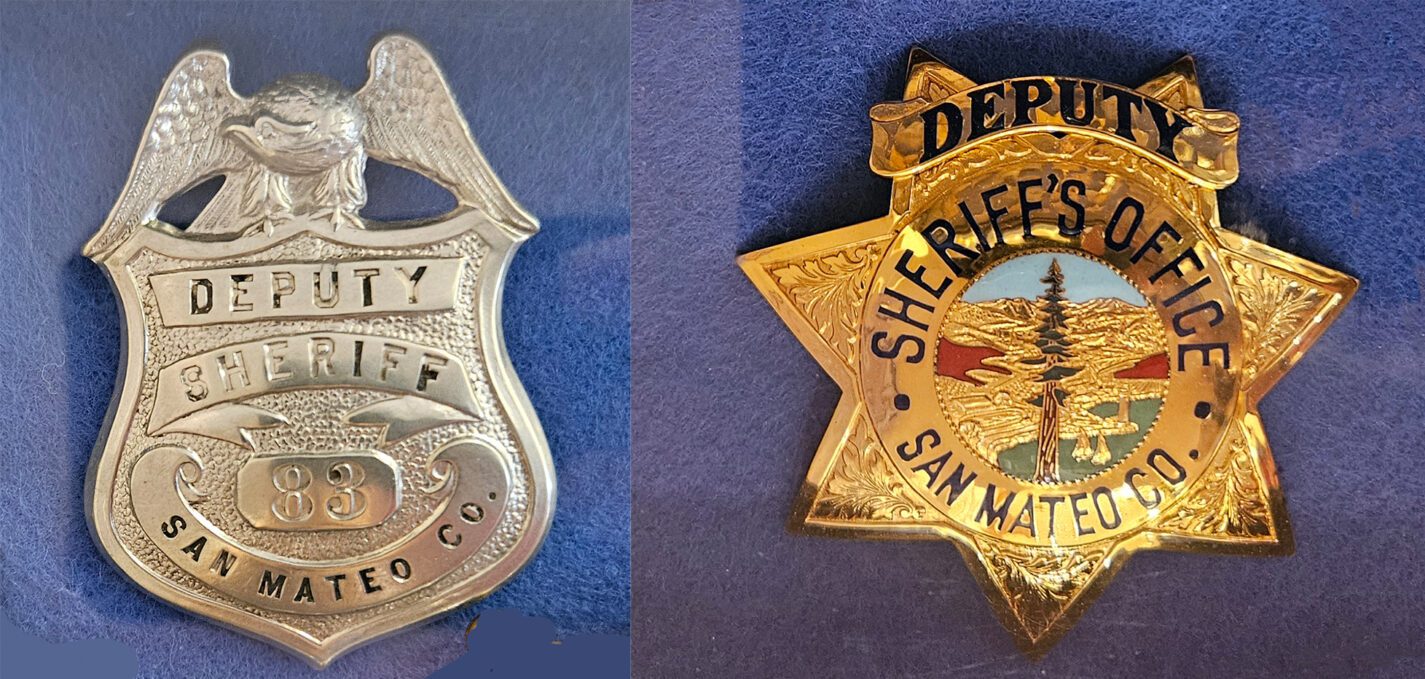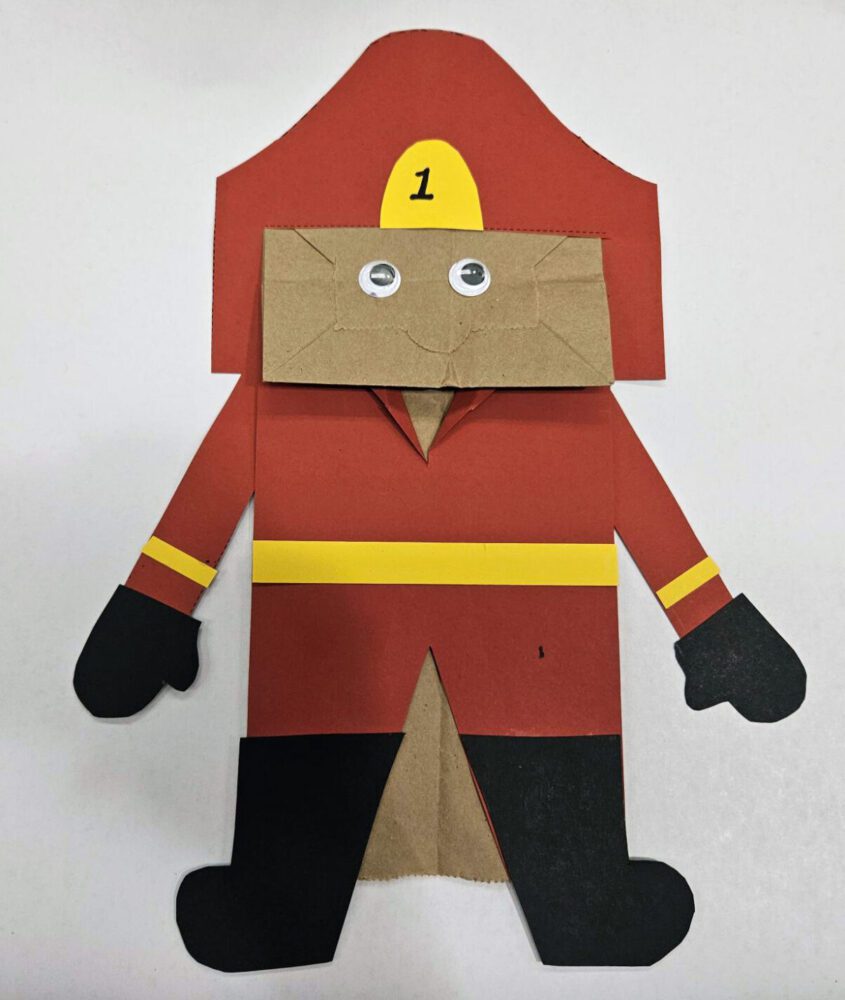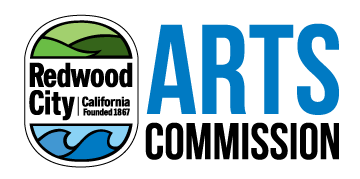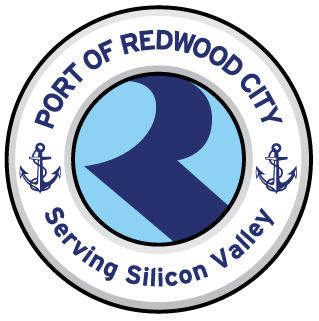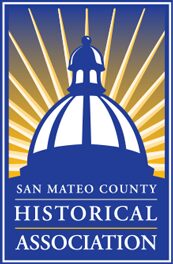In honor of the 169th birthday of San Mateo County, the Historical Association is joining with San Mateo County to celebrate the county’s start and the dedication of 500 County County Center, the County’s new office building.
The event will start at the History Museum with the Woodside High School band. Reenactors will share the story of the county’s beginnings, as told by “Horace Hawes.” Called the Father of San Mateo County, Hawes introduced the Consolidation Act in the state legislature. Passed in 1856, the act consolidated the city and county government of San Francisco and formed the new San Mateo County.


